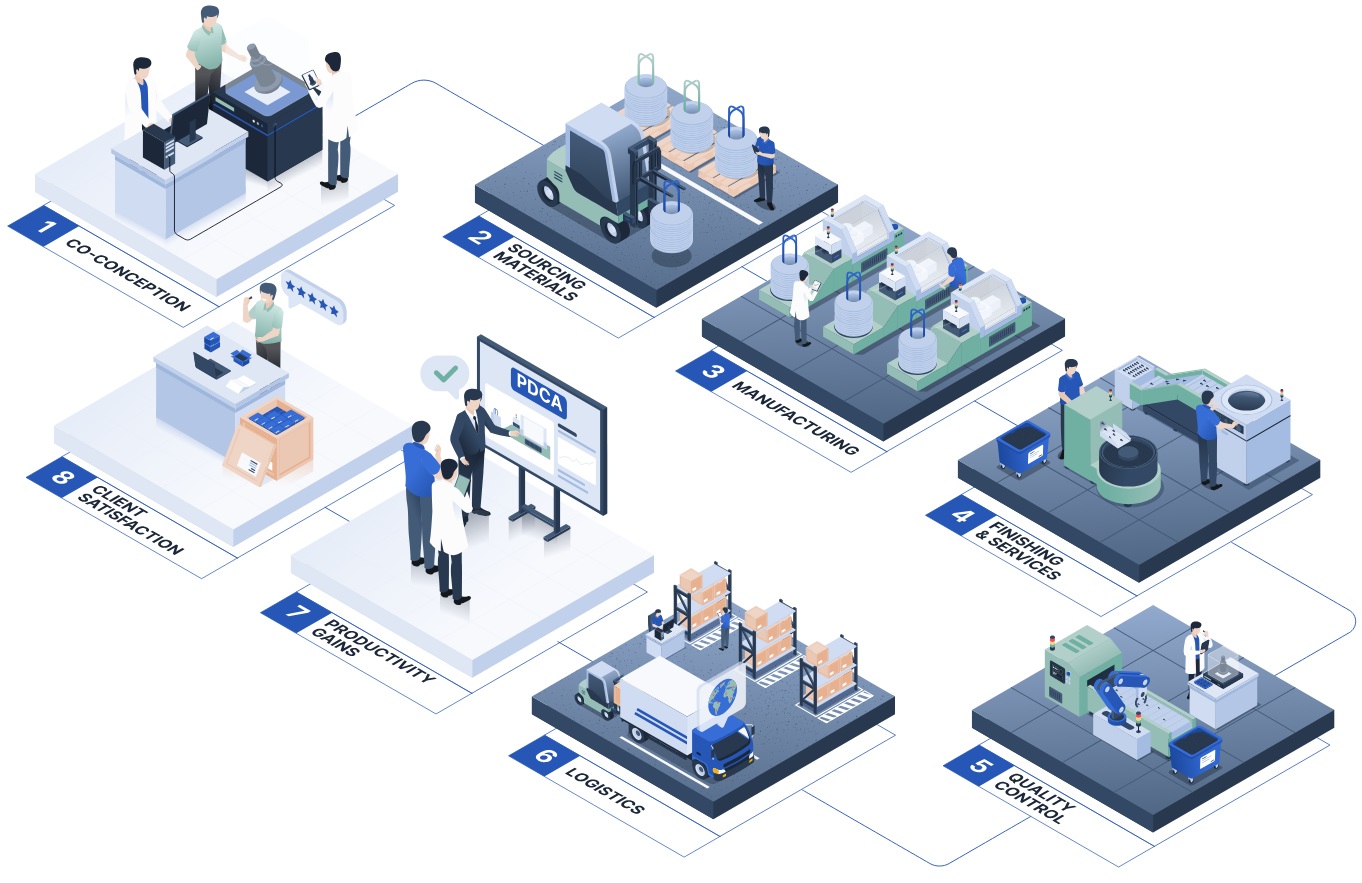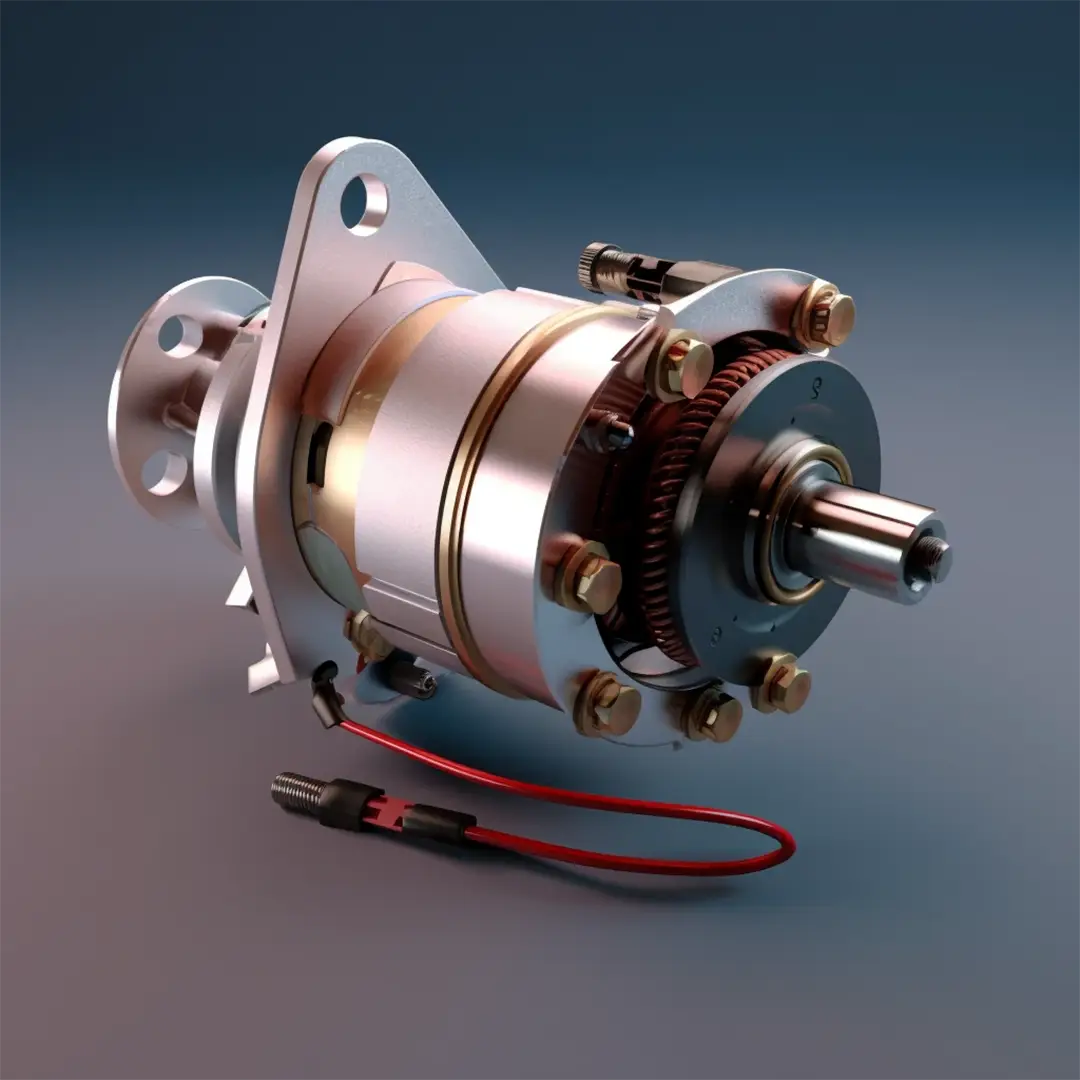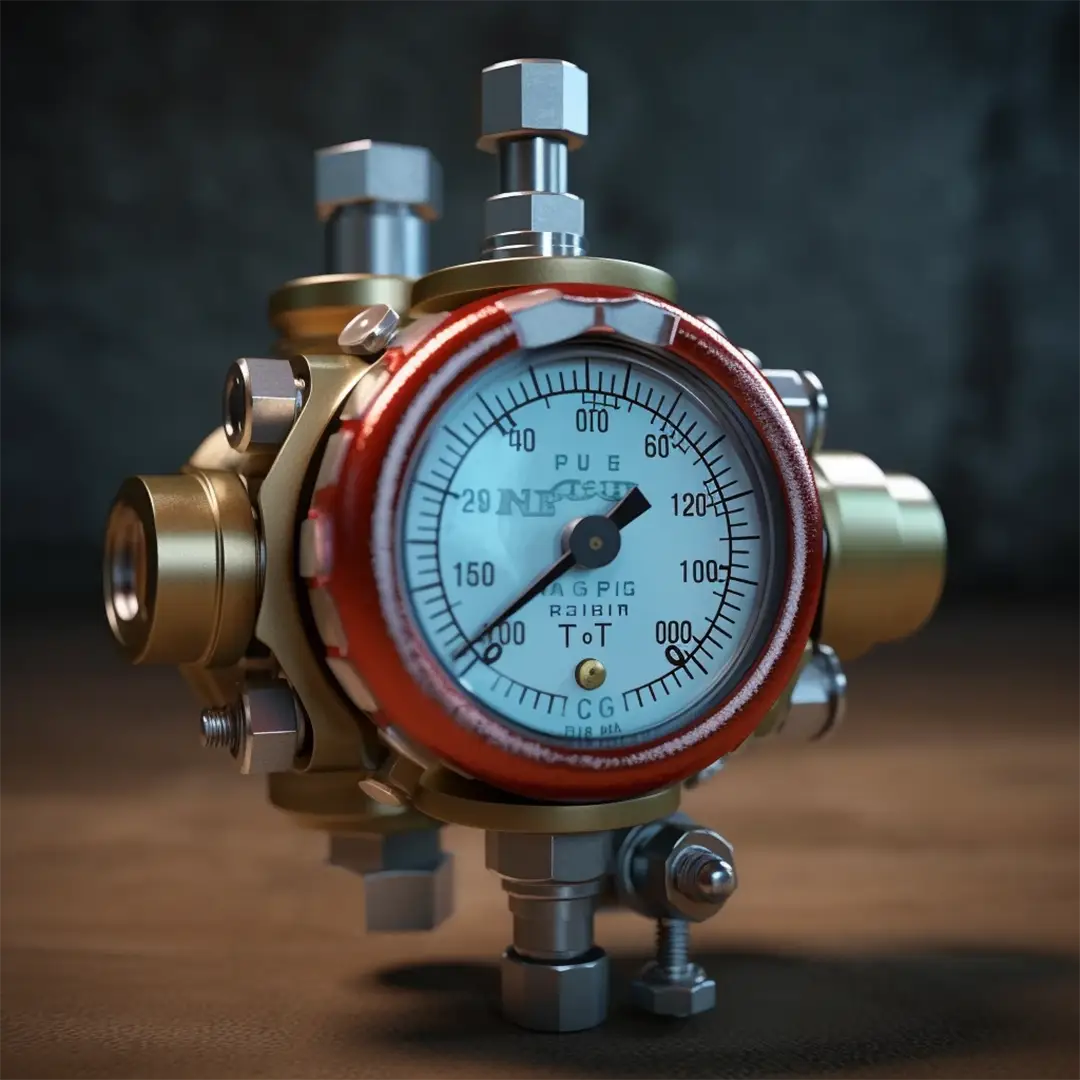2, rue de la Ternière
Avrillé cedex FRANCE
- 35 million casings designed each year
- Co-designer of custom fasteners for 100 years and manufacturer of standard products
- From M2.5 to M20 and from 6 mm to 22 mm
- Steel, stainless steel, brass, etc. (other materials available on request).
This bushing eliminates any risk of plastic deformation and facilitates the overmolding or post-molding process in all types of plastic. They are used as compression limiters in industrial fields such as the automotive industry.
Threaded bushing - threaded spacer





Threaded bushing - threaded spacer







- Feasibility checks using the FMEA tool, which is used to analyze failure modes, their effects and criticality.

- Production of initial samples in medium series, and validation of production with PPAPs in accordance with IATF 16949.

- Development of detailed production processes according to the APQP quality process

- Collection and analysis of production data to identify trends and variations. 3PPM in 2023.
The advantages of manufacturing with LGC Industries


.png)

.png)


- 24 Multi-spindle lathes
- 45 Tours Escomatic
- 42 Banding machines
- 8 Plunge and enfilade grinders
Find out more about the technical features of our products
Discover other products
The threaded bushing: the perfect compromise between a self-tapping threaded insert and a spacer.
A threaded bushing or threaded spacer is a fastener with an external thread and a smooth interior, designed to connect securely with other components.
Threaded bushes are essential components in the automotive and other industrial sectors.
They offer a robust and reliable fastening thanks to their external thread, while their smooth interior reduces compression and friction forces.
Whether assembling mechanical parts, engines or suspension systems, threaded bushes play a key role in ensuring the quality and durability of automotive assemblies.
Their precise design and smooth operation make them a must-have for industry professionals, especially in the automotive sector.
How are LGC threaded bushes made?
There are two different methods for creating a threaded bushing
From material to threaded bush
The manufacturing process for threaded bushes begins in a similar way to that for threaded inserts threaded inserts.
The first step in manufacturing a threaded bushing is to externally thread the coil of raw material.
This stage is called rolling, as the bushing is passed between 3 rollers and the rolling system cold-forms the part, compressing it to create the thread. Cold deformation has the advantage of reinforcing the material's elastic resistance.
For example, a threaded bushing made of rolled material will have better pull-out resistance than a rolled material.
The second step is to cut the tube from the raw material on a suitable machine. The tube is cut to the desired length.
Chamfers and finishes can be added to the material.
The part then goes through a grinding stage.
A roller presses the workpieces against a grinding wheel rotating at high speed.
Thanks to the abrasion of the grinding wheel, the diameter of the part is modified to achieve tolerances of a few microns (~5-6 μm).
What are the advantages of a threaded bushing?
- Ease of assembly: threaded bushes are renowned for their ease of assembly. Their simplified design enables fast, efficient installation, reducing the time needed to complete a project.
- Reduced friction: thanks to their smooth internal surface, these threaded bushes minimize friction within the assembly. This is particularly beneficial in preventing premature component wear and ensuring consistent performance over time.
- Precise fit: threaded bushes provide a precise fit between assembled components. This dimensional accuracy is crucial in applications where every millimetre counts to ensure optimum performance.
- Material versatility: Smooth threaded bushes are compatible with a variety of materials, offering essential versatility. Whether for metal, plastic or composite assemblies, they adapt easily to different contexts.
- Reduced maintenance costs: by minimizing friction and offering high corrosion resistance, smooth threaded bushes help reduce maintenance costs. Fewer parts subject to wear mean a longer service life.
Would you like to find out more about our threaded bushes?
Visit our dedicated article: All you need to know about LGC sockets






















